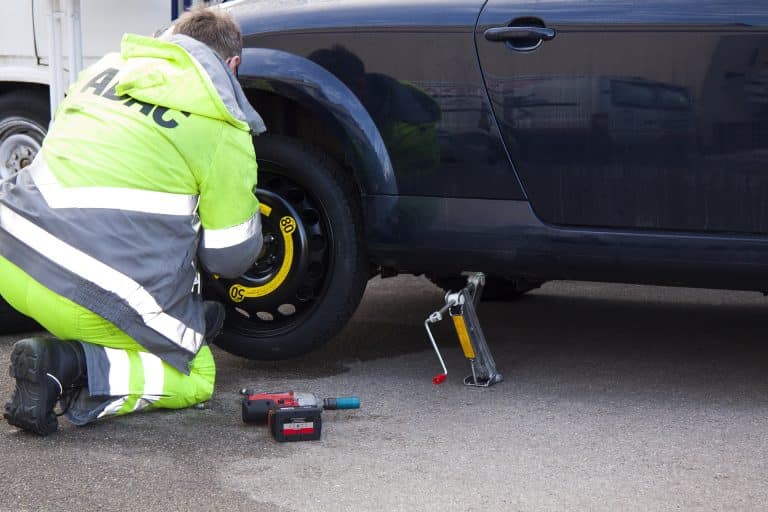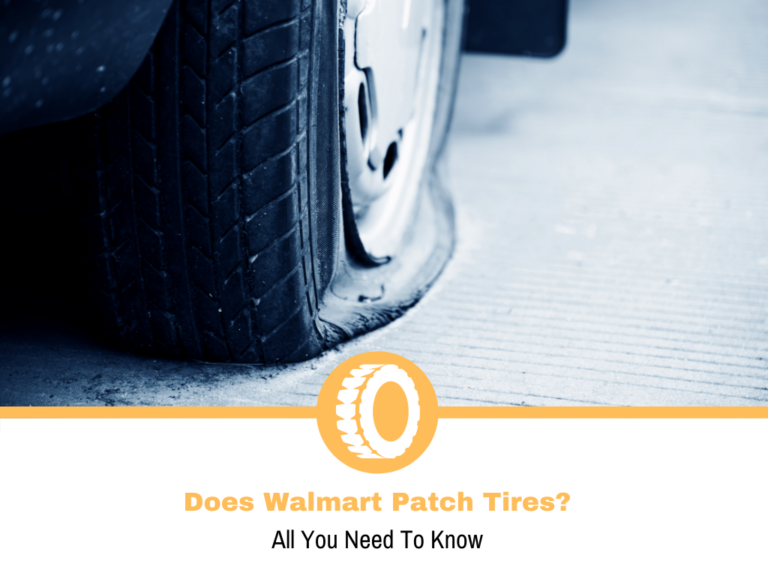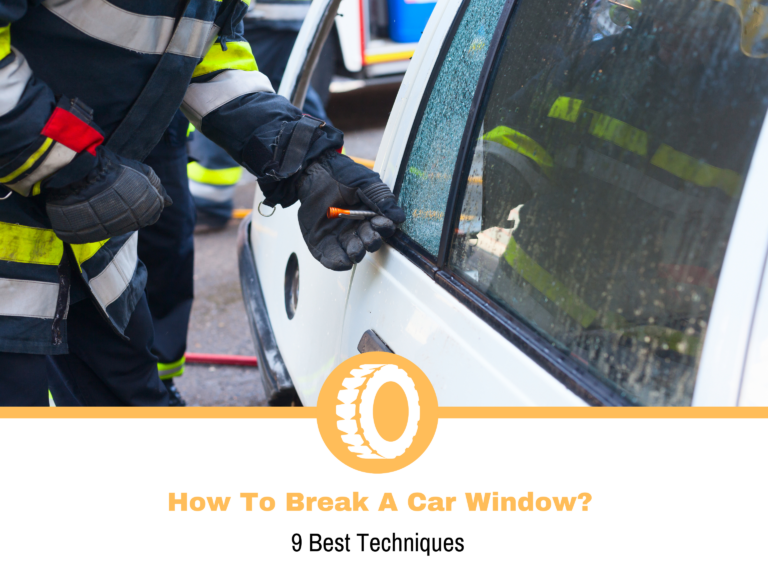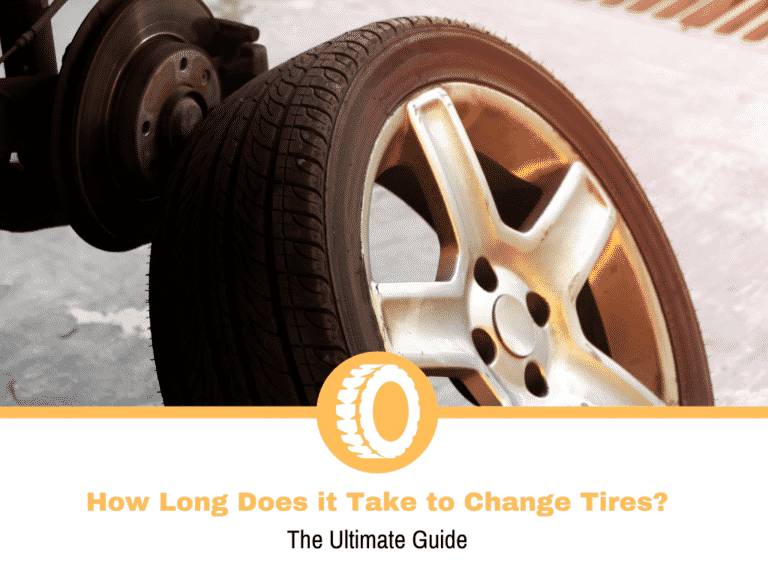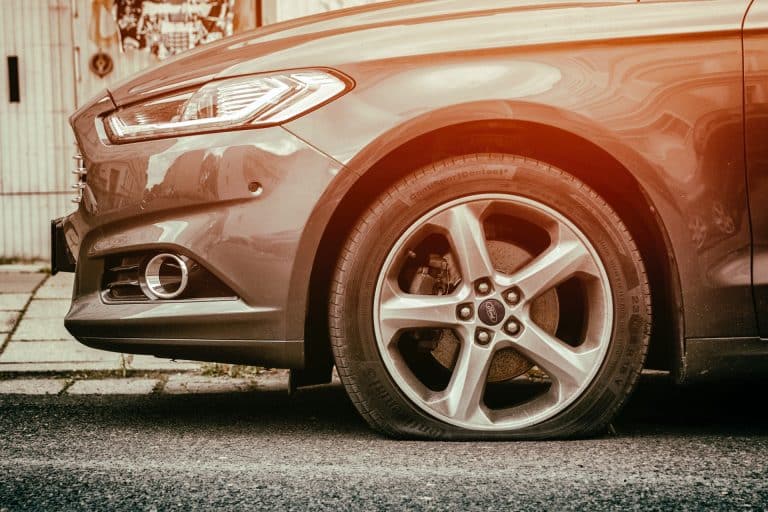How To Fix Curb Rash (10 Easy Steps)
If you live in an urban environment, you are more than likely going to hit a curb with your car every now and then. Sometimes it happens without you even noticing it, at other times it’s so loud that it literally can’t be missed. Either way, the good news is that you can repair your wheels by simply following the guidelines presented in this article.
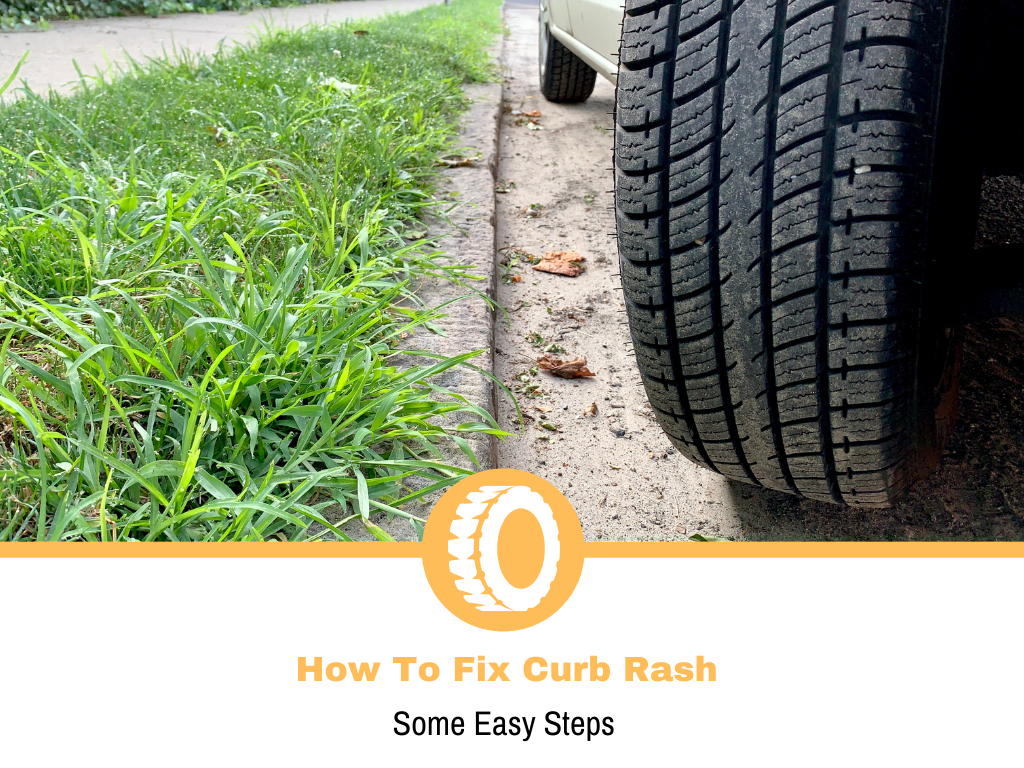
How Can I Fix Curb Rash?
First, you will have to find out if your wheels are coated or not. If they are, you need to sand down the entire surface of the wheel. You now need to apply special wheel putty onto all the scuffed areas and be sure to let it dry completely. This step is only necessary if your wheels are badly scuffed. Proceed to remove all the excess putty with fine grade sandpaper and be sure to repeat the entire putty process until the surface is even.
Now you will have to clean the wheels, mask out everything that does not need painting, spray the entire wheel with a paint primer and paint the wheels. If your wheels are only lightly scuffed, all you need to do is remove the protective coating, sand the curb rash down, perfect the surface, and polish it.
What Can I Use To Fix Curb Rash?
- Sandpaper (80, 220, 400, 2000, 2500 grit)
- Water
- Aluminum Polish
- Wheel Putty
- A can or two of primer
- Soft Towels
- Eye protection
- Industrial grade gloves
- Masking paper
- Degreaser
- A can of paint
A Step By Step Guide On How To Fix Curb Rash
#1. Check if your wheels are coated
Modern-day car wheels have different types of protective coatings on top of them in order to make them shinier, more resistant to dirt and ultimately protect them from stone chipping and light scratching. Chances are that the wheel you are looking at also has a protective layer on top of it which means that you need to remove it.
Be sure to use 220 grid sandpaper and go across the whole surface of the wheel multiple times until the entire protective coating is off. The goal here is to have a nice and uniformed satin-like finish that stretches the entire face of the wheel. You need to remove the entire protective layer if you don’t want your wheels to be discolorated later.
#2. Fix The Curb Rash
Now it’s time to get into the nitty-gritty by fixing the curb rash itself. Depending on how damaged the wheel is you will either have to only sand it down with 80-grit sandpaper while slowly moving your way towards using the 400-grit sandpaper or you will have to use special wheel putty to even out the surface.
Be sure to only work on the areas that are damaged and don’t sand areas of the wheel that don’t need fixing. If the curb rash created a more serious indentation that can not be simply sanded out, you will have to use special wheel putty to seal the hole.
#3. Apply Wheel Putty
As previously mentioned, more serious curb rash damages require wheel putty. At this point you should aim for an even and smooth surface, however, if you are unable to get it completely flat, that is not too big of an issue. Apply the wheel putty on the scuffed areas and be sure to wait at least 30 minutes before it completely dries.
Use 400-grit sandpaper to sand away all excess putty and be sure to repeat this process until the area is completely leveled with the rest of the surface of the wheel. Furthermore, always be sure to read the instructions listed on the product itself, especially when it comes to sanding.
#4. Clean Out All The Wheel Dust
After you’ve finished applying sanding down the surface of the wheels or after you’ve successfully finished sanding down the putty, now you need to remove all the dust particles away from the wheel. The best thing you can do is use compressed air, but don’t go too aggressively just to be sure.
If you don’t have access to compressed air, you can even use a soft towel to slowly wipe down all the dust. Another thing you can do is clean the dust while you are sanding as this will make it a lot easier to see when you are ready to proceed with the next step in the process.
#5. Perfect The Surface
After you’ve successfully sanded, sealed, and cleaned your wheels, it’s now time to perfect the surface. This is incredibly important if you are not planning on painting the wheels as this is likely going to determine the final finish of the wheel. You ought to start with 2000-grit sandpaper and lightly sand the fixed surface.
You should now also pour water onto the sandpaper and sand down the fixed area for a few minutes. Switch to 2500-grit sandpaper when you are almost satisfied with the results and also be sure to soak the 2500-grit for a minute. This process takes quite a bit of time and care, so be sure to do this until it’s necessary.
#6. Use High-Grade Aluminum Polish
If you didn’t use wheel putty and you managed to mend your wheel by using sandpaper, now it’s time to finish off the wheels with high-quality aluminum polish. You can use a soft towel for this purpose as well, but be sure to press down on the wheels in order for the polish to be as successful as possible.
Put extra polish onto the fixed areas and also lightly polish the surrounding areas as well. The key here is to get a uniform finish so the wheels will look like nothing ever happened. Finish it all off with a clean towel and smooth strokes until the wheels look shiny.
#7. Priming The Wheels
If you were forced to use putty to fix your wheels you will have to paint them if you want them to look as good as they can. Be sure to use a high-quality degreaser and go over the entire wheel thoroughly. This is a key step if you want your paint and primer to stick to the wheel permanently.
Now it’s time to mask everything you don’t want to be painted and the best way you can do this is to completely remove the wheel from the car and the tire from the wheel. However, if you are able to mask everything without needing to remove the tires, be sure to do so.
#8. Spraying The Primmer
After you’ve used a degreaser/paint thinner and completely cleaned the surface of the wheel, now it’s time to prime them in. Hold the can about 6 inches away from the surface and spray the entire surface of the wheel using back and forth consistent motions.
Start from the top and spray your way down to the bottom. The key here is to also get a uniform rather thin layer of primer. After you are done, let it dry for about 10-20 minutes and repeat the process if the coating is uneven.
#9. Spray The Paint
Now it’s time to apply a thin layer of paint on top of the surface of the wheel. There are many automotive-wheel-grade paint cans so be sure to consult with someone with more experience. Be sure to shake the can before painting and spray it in the same way you sprayed primmer.
Be sure to opt for a paint color that is the same as your original wheels. Apply an additional coat of paint after 30 minutes or so depending on if it’s necessary or not. Let the paint dry for at least 3 hours before moving the car, but the best thing you can do is leave the paint to dry overnight.
#10. Apply Clear Coat And Polish The Wheels
You now need to apply a clear coat and be sure to do so slowly and evenly. Be sure to apply it evenly and consistently without making thick spots. Spray it onto the wheel in the same way you applied both primer and paint. Let the coat dry for about 30 minutes and repeat the process if necessary, but remember, thin layers only!
Allow the clear coat to dry for at least 12 hours. After you’ve done that, remove the masking tape and for best results, go ahead and take all four of your wheels for a polish at an experienced detailing shop. This way you will ensure an even level of polish across all four of your wheels.
Conclusion
Fixing curb rash can sometimes take just a relatively short time while it can also sometimes take days. It all depends on how badly damaged your wheels are. If your wheels are only lightly scuffed and scratched without any major indentations and damages, the only thing you need to do is to sand the wheels down to an even level, clean everything off and apply polish.
On the other hand, if your wheels are indeed more seriously damaged, you can still save them with a bit of wheel putty. This only makes sense if the structural integrity of the wheel is unharmed. Sometimes it makes more sense to consult someone with experience beforehand and try to see how much it will cost you to have a professional do it for you.
